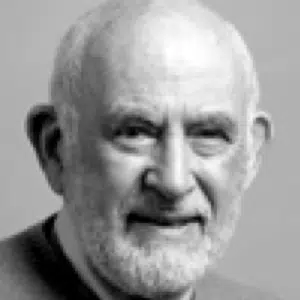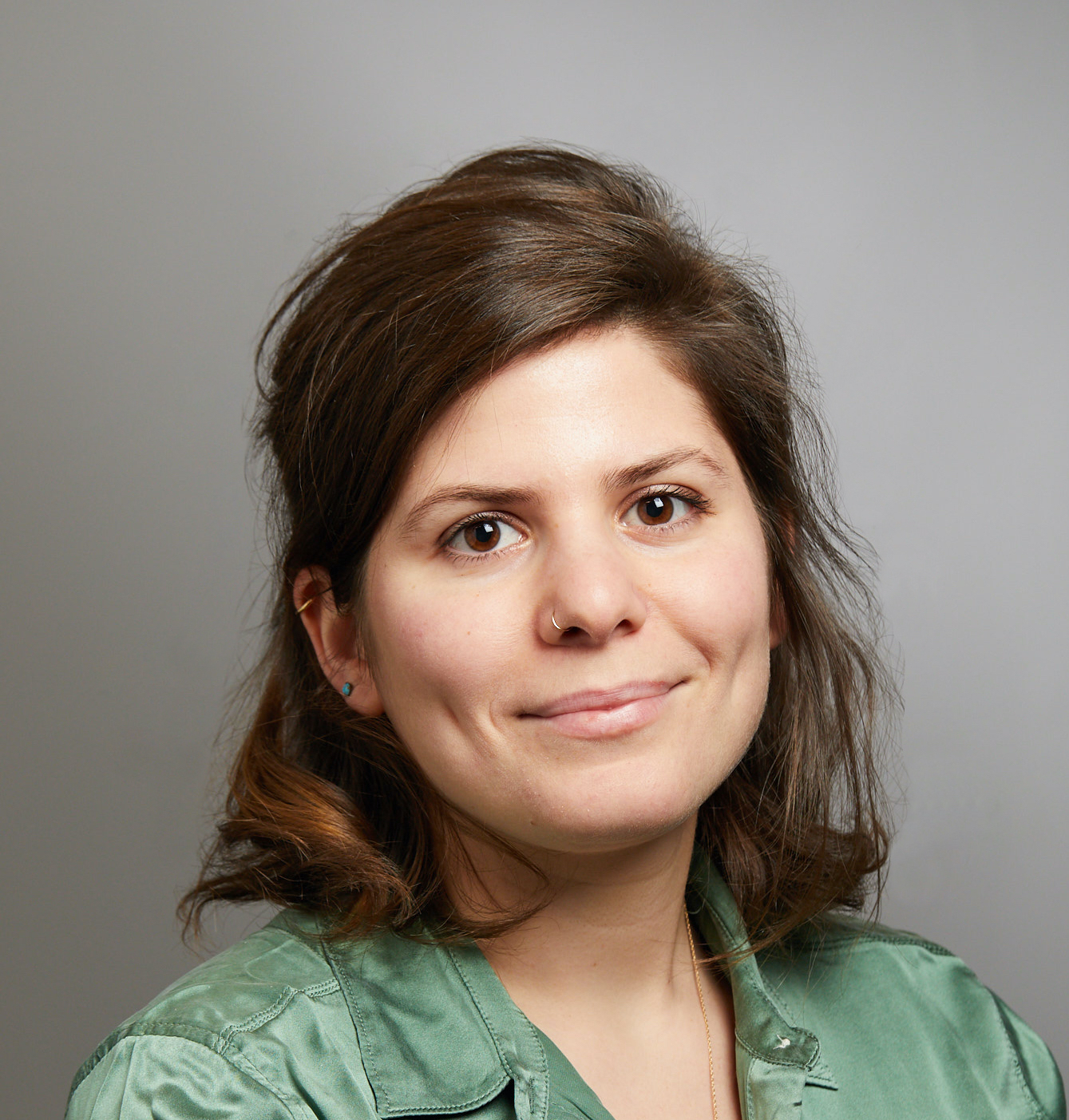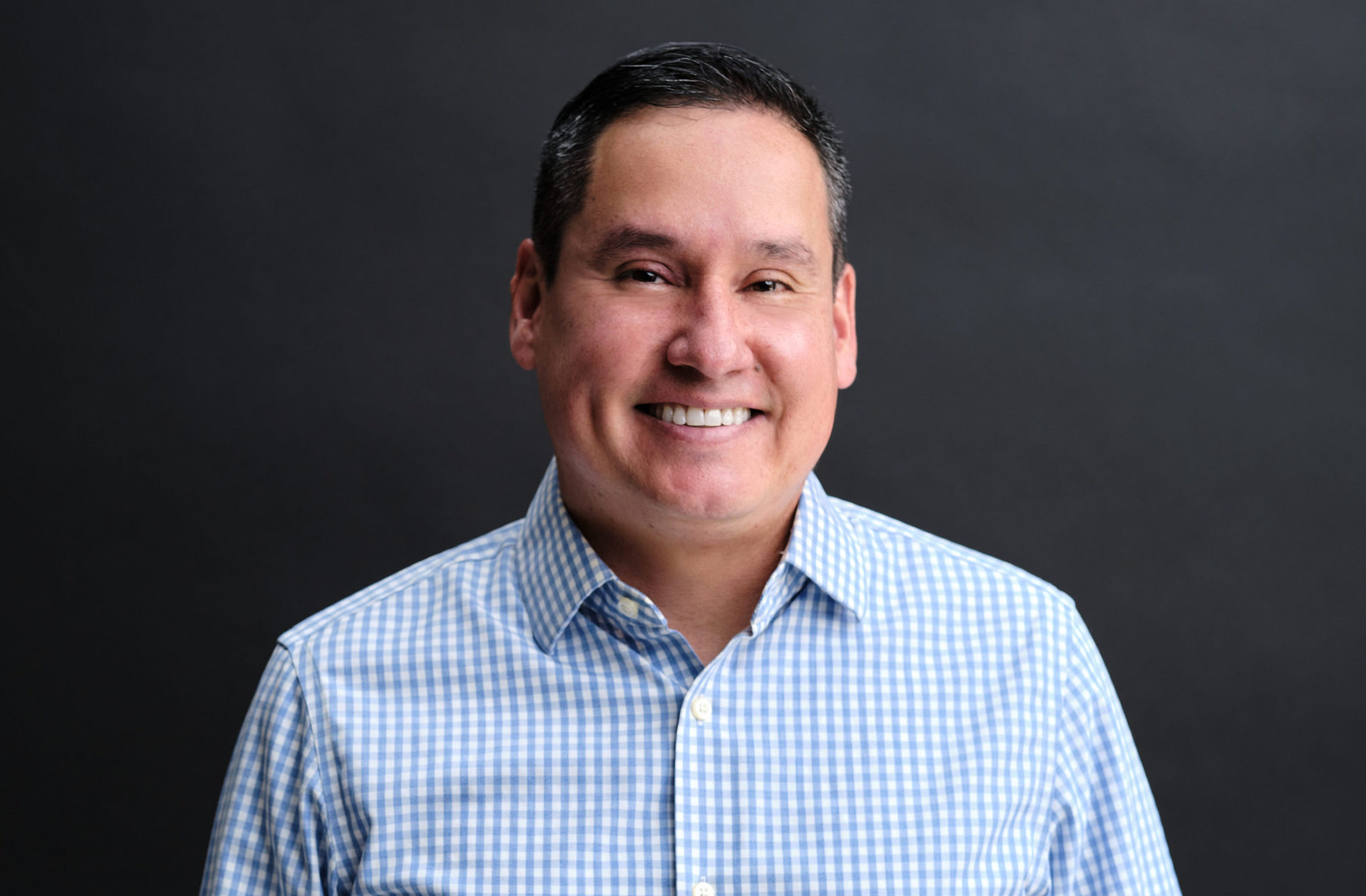Because seizures after serious head injury often first occur weeks or even years later, there is a significant window of opportunity in which to intervene and potentially prevent the development of posttraumatic epilepsy (PTE). Building on past NIH- and CURE-funded studies, Drs. Prince and Graber will use three approaches in a rodent model to attempt to limit the excessive connections between nerve cells and the loss of inhibitory control of brain activity that contribute to epilepsy after injury. They will: 1) use gabapentin to limit the formation of new nerve connections in the brain; 2) use a substance (brain-derived neuronal growth factor) that nourishes and supports normal inhibitory nerve cells in order to protect them; and 3) manipulate a gene responsible for the development of excessive excitatory connections between nerve cells.









